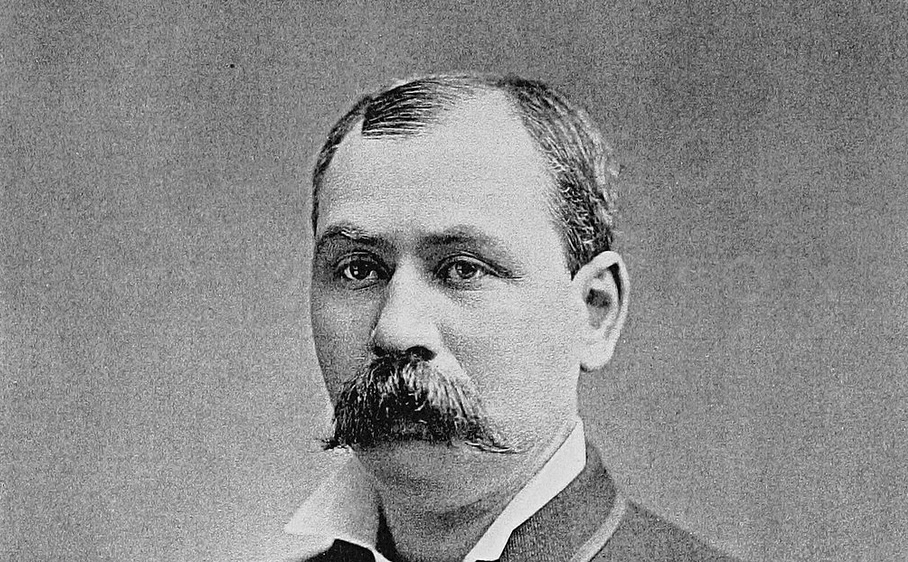Key insights
-
1
Rise to Prominence
Thomas Byrnes began his career in the NYPD during a time of significant urban growth and rising crime rates. His innovative methods, including the 'Rogues Gallery' of criminal photographs and the 'Third Degree' interrogation tactic, set new standards for detective work.
-
2
Performative Policing
Byrnes was known for his theatrical approach to policing, often staging public arrests and making high-profile statements. This performative aspect helped him build a reputation as a formidable detective but also raised questions about the integrity and motivations behind his actions.
-
3
Corruption and Controversy
Byrnes' career was marred by allegations of corruption, including accepting bribes and protecting criminal enterprises in exchange for money. These practices were symptomatic of broader systemic issues within the NYPD and municipal government during the Gilded Age.
-
4
Legacy and Impact
Despite his controversial methods, Byrnes left a lasting impact on law enforcement. His techniques influenced modern policing, and his career serves as a case study in the complexities of police work during a transformative period in American history.
Takeaways
Thomas Byrnes remains a compelling figure in the history of American policing. His career encapsulates the dual nature of law enforcement during the Gilded Age, marked by both innovation and corruption. Byrnes' story is a reflection of the broader societal challenges and complexities of his time.

